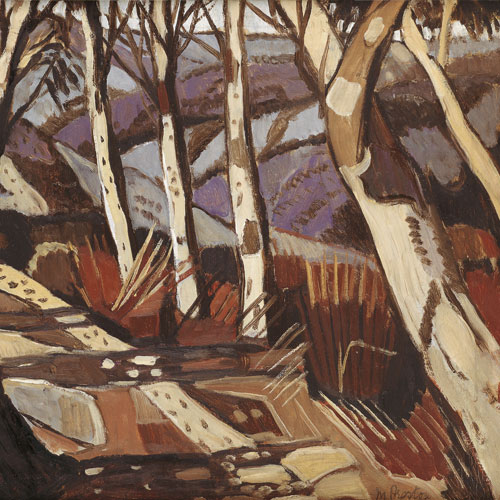




 |
 |
 |
 |
| |
|||||||||||||
 |
|||||||||||||
|
Last decades: 1940s and 1950s Preston’s move to landscape painting derived from her realisation that Aboriginal art, as a form of spiritual connection to and knowledge of country, was an art which expressed both concept and place. Her travel to the Northern Territory in 1940 and 1947 to study Aboriginal art significantly widened her field of vision, resulting in some of the most significant works of her career. Preston remained consistently experimental with materials and techniques, producing stencils, masonite cuts and a series of highly successful monotypes in which she sought to image the essential, anti-picturesque qualities of the Australian environment. Preston also completed a group of paintings, influenced by folk and child art traditions, in which she responded to the impact of war on her immediate urban environment. Her last major works, an exceptional set of colour stencils produced in the mid 1950s, revealed the impact of Sydney abstraction while reinforcing her significance as an exceptional colourist. |

|
